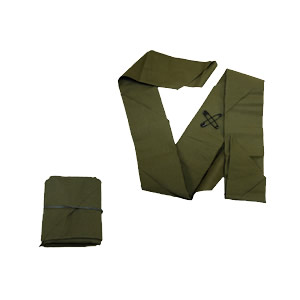 Behold the Multi-Purpose Triangle Bandage, otherwise known as the cravat. This versatile piece of cloth has been around for as long as I can remember and probably decades before that. It is well recognized as an essential part of any survival kit and since the price point is relatively low it makes sense to own several. Pack a few in a BOB, a few more inside of the Get Home Bag which resides in the trunk of your car, and maybe stash a couple inside of your web gear (or kit) for good measure. The cravat’s usefulness is really only limited to the imagination of those who are employing it, so for the sake of simplicity I will cover a few of the popular variations. If I miss anything please feel free to let me know in the comment box!
Behold the Multi-Purpose Triangle Bandage, otherwise known as the cravat. This versatile piece of cloth has been around for as long as I can remember and probably decades before that. It is well recognized as an essential part of any survival kit and since the price point is relatively low it makes sense to own several. Pack a few in a BOB, a few more inside of the Get Home Bag which resides in the trunk of your car, and maybe stash a couple inside of your web gear (or kit) for good measure. The cravat’s usefulness is really only limited to the imagination of those who are employing it, so for the sake of simplicity I will cover a few of the popular variations. If I miss anything please feel free to let me know in the comment box!
Arm Sling. Two cravats are required for this operation. The premise remains simple, using one cravat to create a sling and another one to secure the injured arm to the body (almost like a splint).
Field Dressing / Pressure Dressing. A simple field dressing could be used to stop superficial or minor bleeding where as a pressure dressing would be required to help contain an arterial (heavy) type bleed. A field dressing or gauze could be held in place by wrapping the cravat around it and tying a non-slip knot off to the side, making sure to leave a 2 finger gap between the cravat and the skin so as not to cut off circulation. For a pressure dressing a wadded up cravat would need to be placed directly on the wound with firm pressure, utilizing another cravat to hold it in place, making sure to tie the non-slip knot directly over the wound. Remember these are field expedient methods which should be considered only while waiting for professional medical treatment to arrive. In the picture you can see that the person is manually applying direct pressure, which is another technique.
Securing a Splint. Multiple cravats could be required for this depending on how large of a splint is utilized. The picture speaks for itself but there are a few important things to note here. Always leave a 2 finger gap between the skin and the cravat so as not to cut off circulation, always use non-slip knots (square knot), and ensure that the knots are tied away from the casualty.
Creating a Tourniquet. This is one that you have to be 100% sure about before applying and by that I mean once you put it on you should never remove it. This is a field expedient method of treating severe trauma, as in if you don’t apply the tourniquet the casualty will most likely die from bleeding out. Once again this should be considered a last resort. Never attempt to tie a tourniquet on a joint, on top of the wound, or on a fracture. Best case is you get it above the knee or elbow and between the wound and the heart. You wrap the cravat around the limb several times and tie a half knot, insert a stick and tie a full (or non slip knot) on top of that. You then twist the stick several times to cut off the flow of blood. You then secure the stick with the loose ends of the cravat. Again once you apply this on someone you should never remove it, that is what the surgeon does.
Cravats are not limited to medical use, there are many other popular uses for them which include but are not limited to:
– Dust rag (worn on the face)
– Supplement to weapon’s cleaning kit
– Water collection device. Tie it to your leg in the morning, walk through a field of tall grass and the cravat will absorb all of the moisture from the dew. You can wring out your cravat and drink the water (I saw that on Man vs Wild).
– Cool guy “do-rag.” When you simply must look cool for the ladies when T-SHTF.
The Cravat is a durable multi-functional piece of cloth that every survivalist / prepper should own. As a matter of fact it would be smart to own a handful of cravats as they are cheap and easy to replace. They are great for medical purposes but also have many other uses both on the battlefield and on the hiking trail. Gain some piece of mind by picking a few of these up today either online or at your local military surplus store.

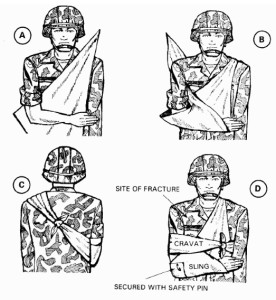
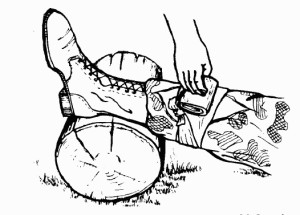
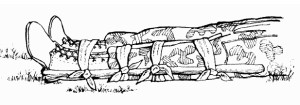
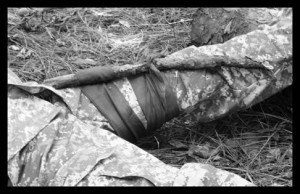








Recent Comments